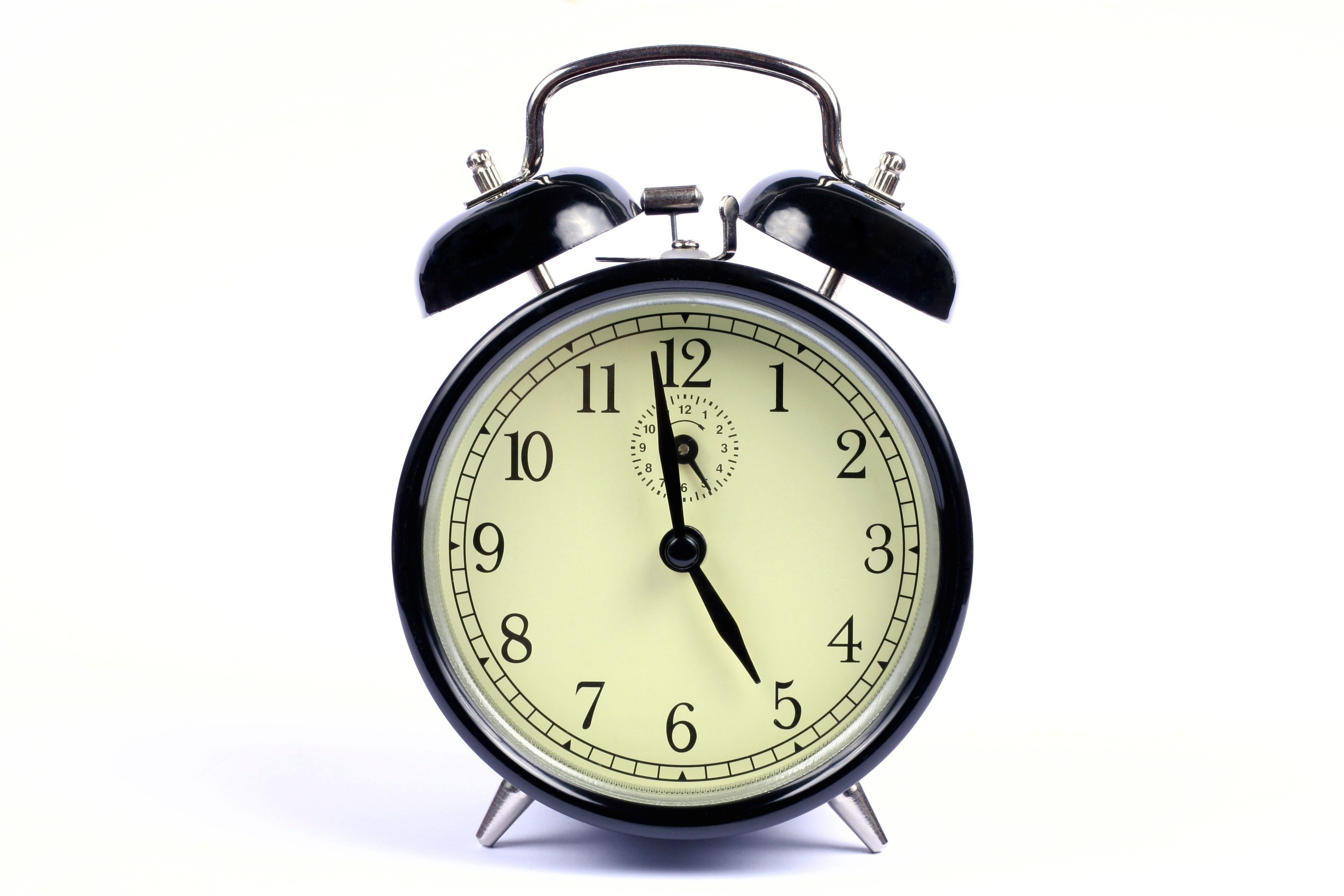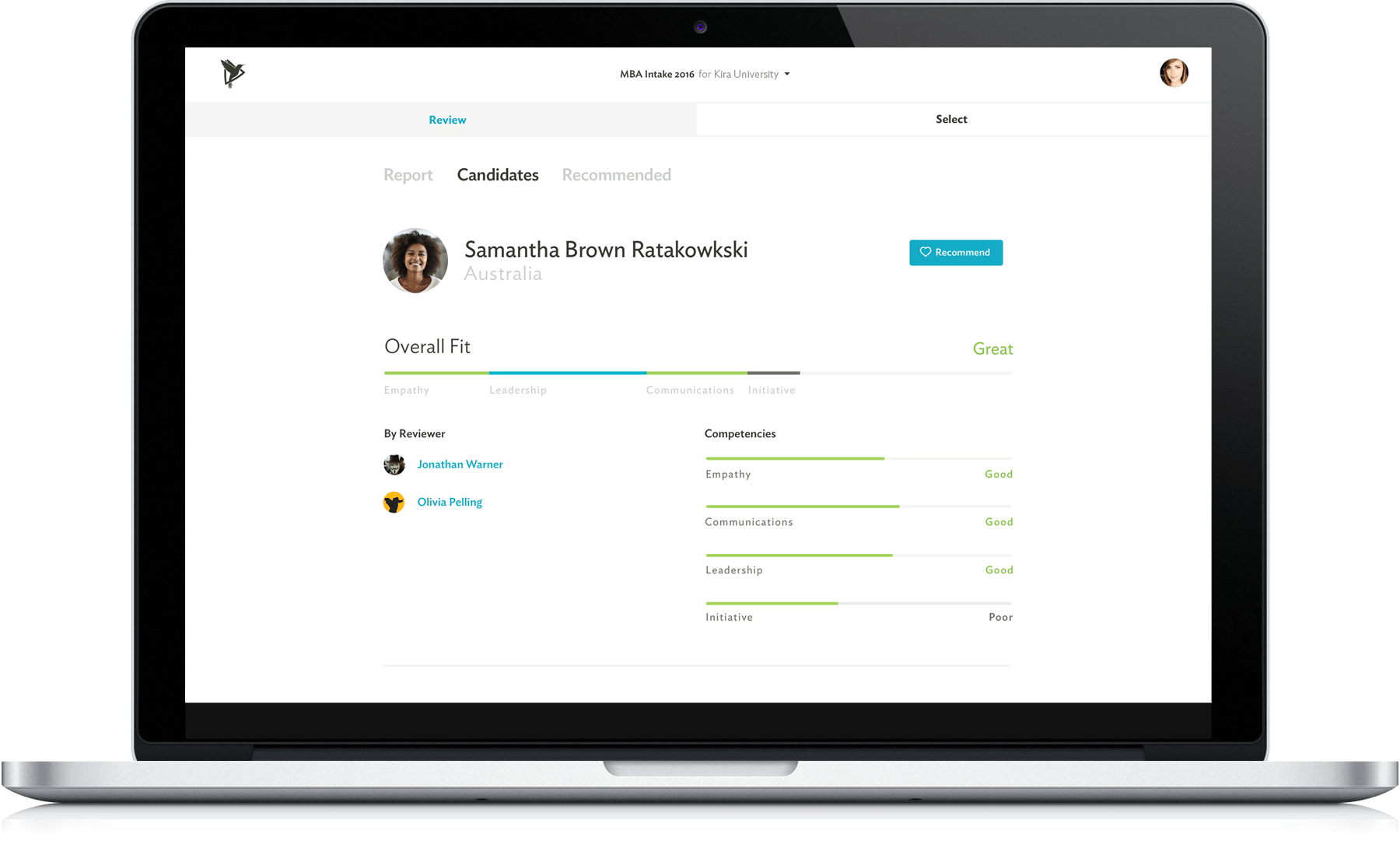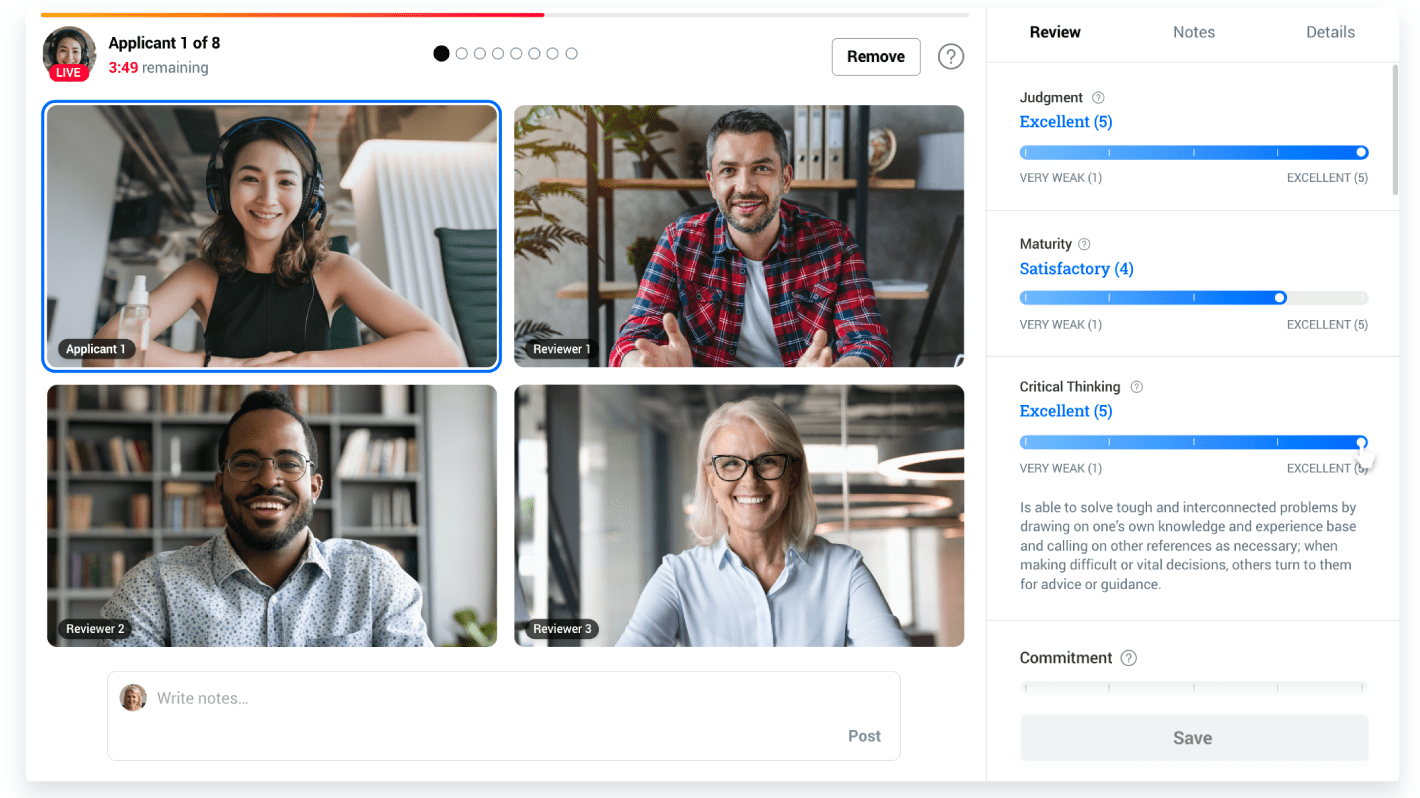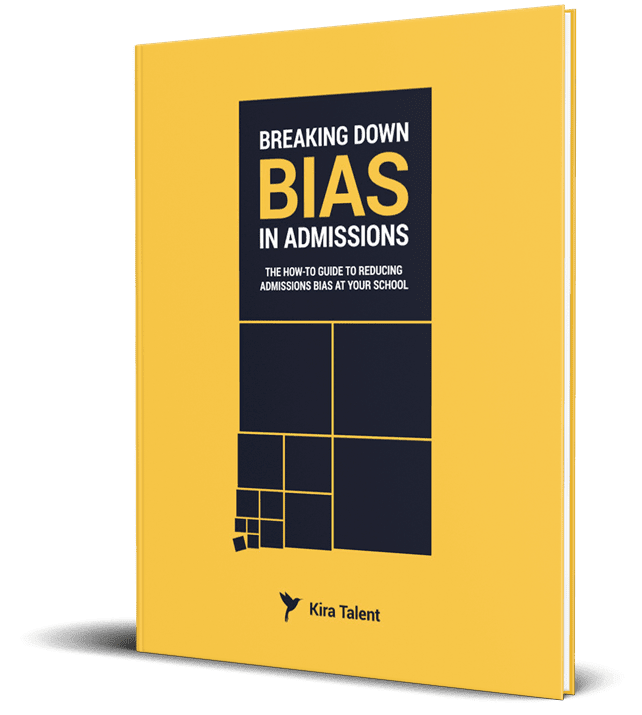Interviews are arguably the most stressful part of the admissions process for applicants, and they can also be extremely stressful and chaotic for admissions teams.
Coordinating the arrival of hundreds of candidates to campus, ensuring you have their files ready, and scheduling various applicants throughout your busy day, creates a daunting series of tasks that tend to suck up more of your time than you intend.
Countless hours are lost between coordinating meetings, searching through piles of notes to keep track of each individual applicant, not to mention the time it takes to recover from burnout after a tough month.
Burnout: In the workplace, burnout is a state of physical, emotional or mental exhaustion, causing employees to feel as though they are constantly drowning in work, and lose confidence and motivation because of it. Burnout often affects employees who are putting in a great deal of overtime, have a lack of control in their role, and are understaffed. Read more.
This off-season challenge yourself to improve the efficiency of your interview day. Even if you don’t have interviews until next year, that’s okay, you can start planning now. The results will benefit you, your team, and your applicants immensely.
Here’s what we recommend:
Create or refine your review guidelines
Perhaps the most important issue for applicant interviews is ensuring all reviewers are on the same page when evaluating candidates. Do we have a list of questions that applicants are being asked? Do we agree on what the school is looking for? Do we have criteria for what a “good” rating is vs. a “great” rating? Establishing a review guideline before interviews start will reduce the likelihood that reviewers will disagree on an applicant’s performance, and encourage all applicants to be evaluated on a level playing field from the get-go.

Here is an example of a rubric to evaluate “leadership potential” on a five point scale.
Build in breaks to avoid reviewer fatigue
If you have scheduled too many interviews in one day it can be mentally exhausting, reducing your attention-to-detail and alertness as the day progresses. So, take breaks: Do not skip lunch, do not skip afternoon coffee.
The Atlantic reports an optimum work time of 52 minutes with a seventeen-minute break. Although that may be ideal, it’s not always achievable. So, with that in mind, try to schedule a ten-minute break every hour or so, to just take a walk, check your email, or have a snack.
If you are reviewing candidates online through video, make sure you take a break from your screen as well.

Prepare a solution for distance candidates in advance
If applicants fly in for an interview at your school, they could be disoriented in a new city, jetlagged from a time change, or generally more exhausted than the applicants they are up against. Build in timeline considerations for candidates traveling in to meet you.
For candidates calling in or using video, a technology-bias could result in admissions reviewers getting a better vibe from an in-person applicant than a distance applicant. Be sure to test your solutions in advance, or give applicants a test-kit so they can ensure their setup works in advance. Technical delays of even just a five to ten minutes each day can multiply into hours lost over the course of one season.
Note: For those considering using Kira for their interviews, we test and verify a candidate’s tech set up prior to completing the interview.

Book interview times that work for your brain
This may seem obvious on the surface, but the time of day can have an impact on both the interviewer and interviewee. If you’re half awake for one candidate at 8 AM, and fully alert for another at 11 AM, how can you give them equal attention? If you have to drive the kids to soccer at 6, don’t schedule interviews that might run until 5:15 PM. Don’t schedule interviews when you know you’ll be distracted.
Although it is not always possible, seeing applicants when you are sharp and awake is a good way to give all applicants an equal opportunity while reducing the risk of burnout.

Conduct asynchronous interviews
OK, yes, this is a Kira plug.
But we’d be neglecting you if we didn’t at least mention that asynchronous interviews can save you a lot of time. Each member of your team can review the same edition of applicants’ videos in just five-to-ten minutes, reducing the administrative time to set-up these interviews. Having timed answer allocations forces ‘hard stops’ in applicant responses, meaning you can better predict the length of time you’ll need a review.
The biggest time saver of all is that by ‘screening’ candidates, you can reduce the number of in-person interviews you need to conduct significantly. Olin School of Business estimates they saved over 700 hours last admissions season, and Foster MBA reduced their in-person interview rates from 60 percent to 40 percent.
Talk to us to get started evaluating if Kira would be a good fit for your school.

How do you ensure your interviews run smoothly? Share your ideas and suggestions in the comments below.
Want to read more like this?
Check out Productivity Hacks for the Busy Admissions Team
Structured vs. Unstructured Interviews in Admissions



